1.a widely held but fixed and oversimplified image or idea of a particular type of person or thing.
Vários propriet.
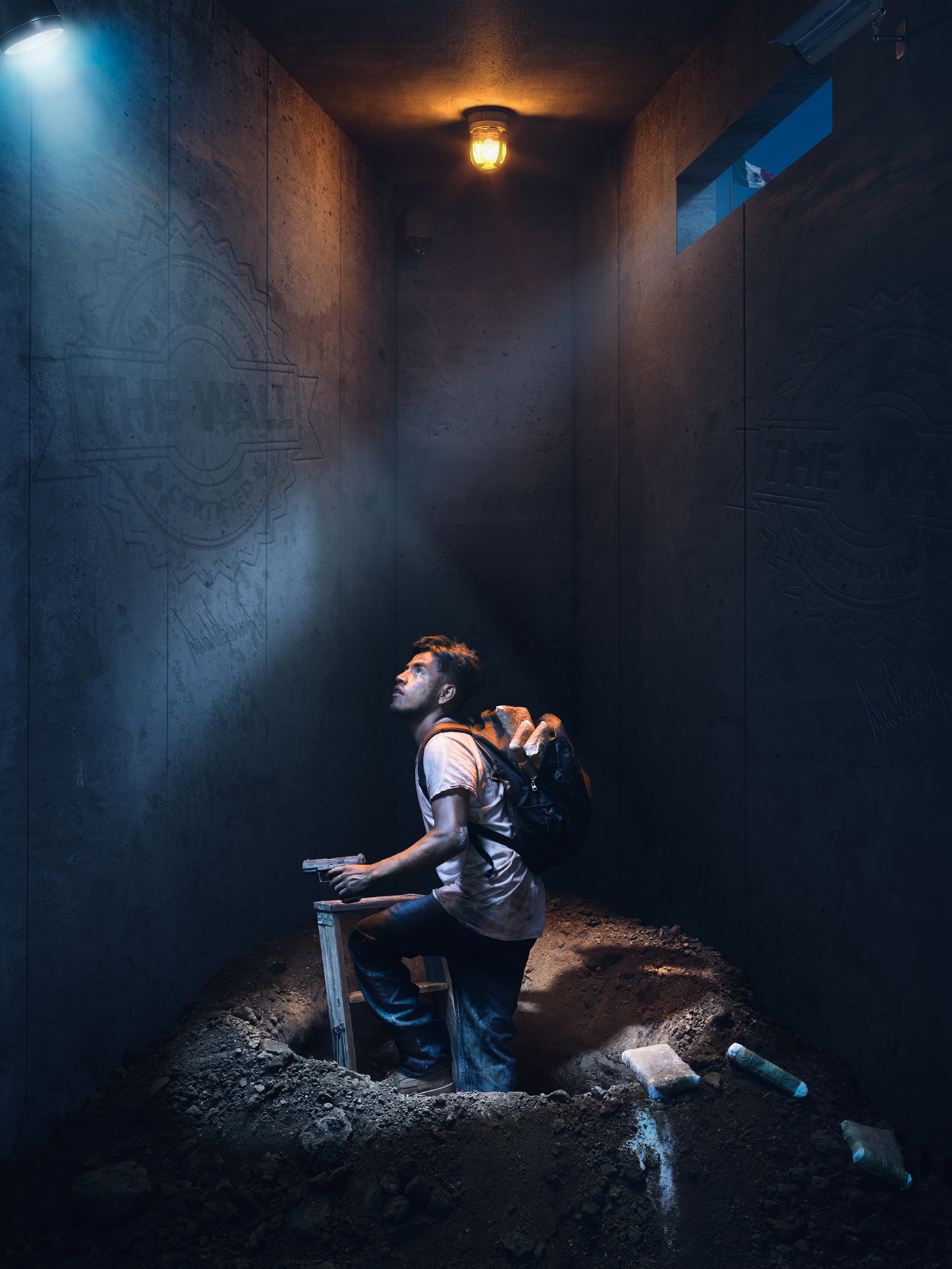
ster·e·o·type
/ˈsterēəˌtīp/
noun
plural noun: stereotypes
1.a widely held but fixed and oversimplified image or idea of a particular type of person or thing.
Humans, at their very biological core, create and use the concept of stereotypes to process and identify. Psychologists argue that the concept has advantages enabling us to respond rapidly to situations because we may have had a similar experience before.
I am of the camp that stereotypes, as propagated, broadcasted, and campaigned on by the President of the United States, are divisive, deadly, and disastrous to our democracy.
This project was born out of frustration with our President who routinely attacks cultures, races, sexes, and occupations without recourse.
Maybe Trump’s words do not fully illustrate the damaging nature of the stereotypes being tossed frivolously around by the leader of the free world. Maybe stereotypes when visualized, will have more of an impact to create discussions around how we should choose leaders that move us forward as a society rather than one that divides us and rewinds our social progress. For example, most will recall when Trump called Mexicans rapists, claiming they all come here illegally carrying drugs and guns. Here it is in his own words from the BBC. It's one thing to hear it and read it, but does it change your mind and inspire you to vote for better when you see it? I hope so.
My power as a communicator is in creating images that tell stories. My responsibility as a father and citizen of the United States is to try to make the world I leave for my children better than the one I enjoyed. I created a project that I hope will inspire people to see the dangers and power of stereotypes. Obviously, I can hear the arguments that these images do more harm than good and that they perpetuate the very stereotypes portrayed. As I look at them, I contemplate even publishing them. I am torn. Do I need to provide fuel for the fire knowing some people might steal these images and use them to inspire hate? On the other hand, they contain a powerful message; they are powerful pieces of art that should be contemplated.
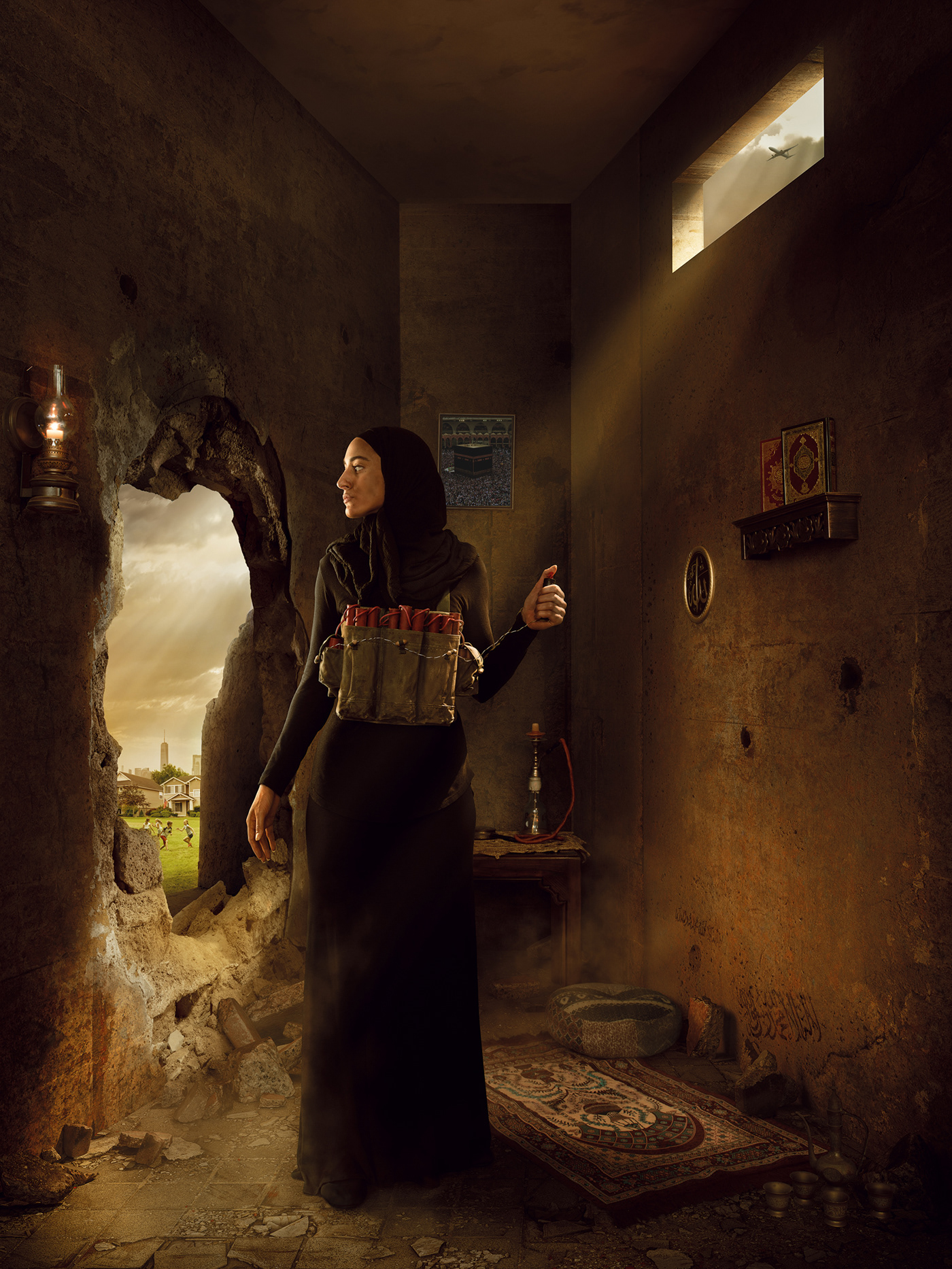
As an artist, I wanted to portray the world as Trump sees it. Let's illustrate this with an article from the Washington Post about Trump's bigotry towards Muslims - Trump, by his actions, words, and hate, sees all Muslims as terrorists. Does he picture them the way I, as an artist, interpreted this hate? Maybe, but one could argue that the power of my image expresses his bigotry towards thereligious group.

Does Trump see all priests as child molesters? I can’t tell, but I can recall his stance or rather lack of, which to me in this most horrific abuse was allowed to go unchallenged. Because of its political sensitivity, I believe this situation requires a reminder. Would it not be a better world if the president took a stance that protected children and admonished the Church's lack of action? Elected officials both democrats and republicans fail to call out powerful groups for fear of losing valuable votes. No politicians have held the Catholic Church accountable, maybe the visualization of such abuse will cause people to think differently.
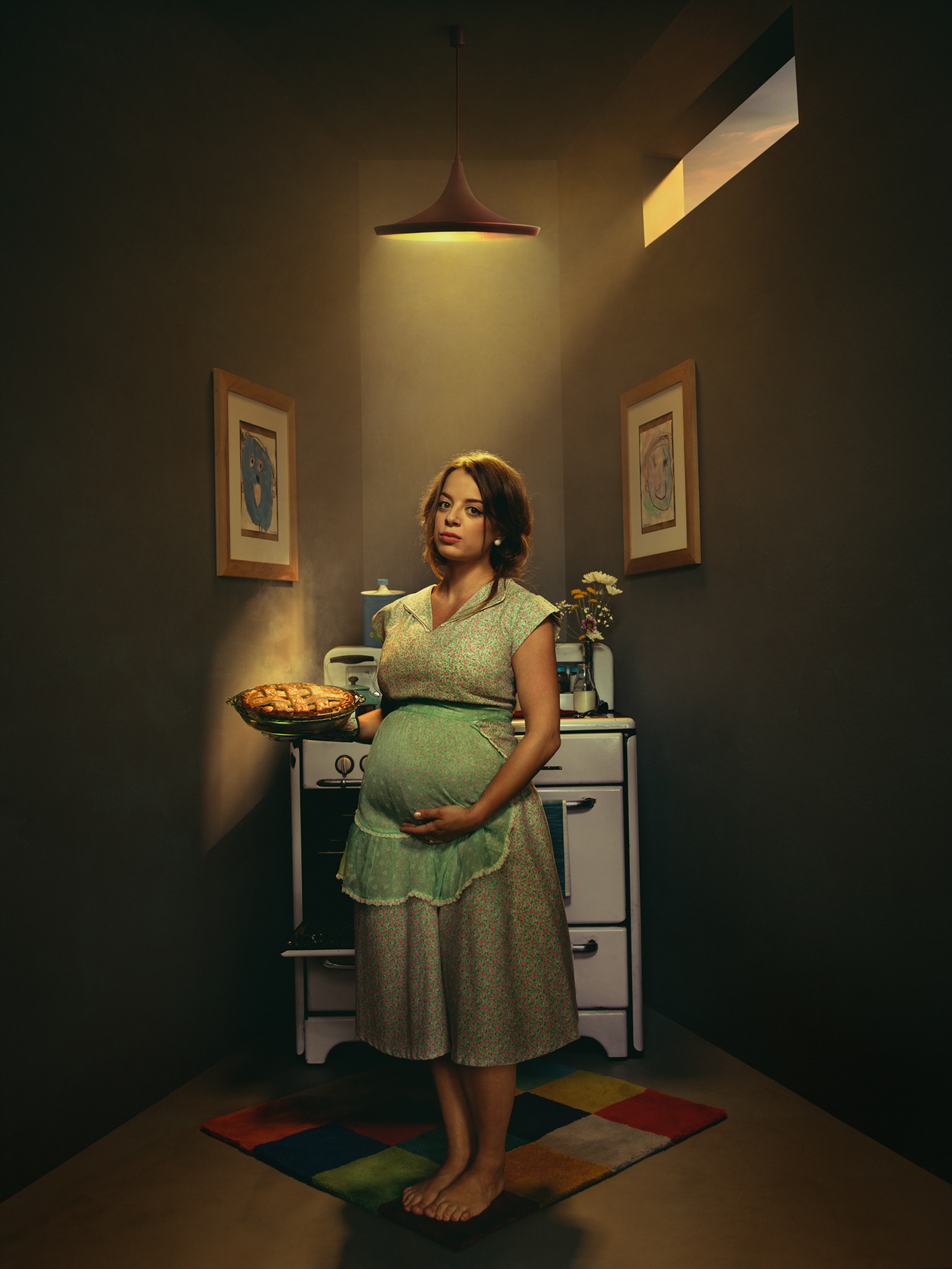
Some of the stereotypes portrayed in this collection are my artistic interpretation of how Trump might see the world without having his own words to align. For example, I imagine his approach to gender stereotypes aligns with the historical and liberal implication that all girls are princesses, and all boys are little athletes. Does Trump feel women should be barefoot and pregnant? I don’t know, but I can interpret from his long history of sexism, that this stereotype might very well apply.
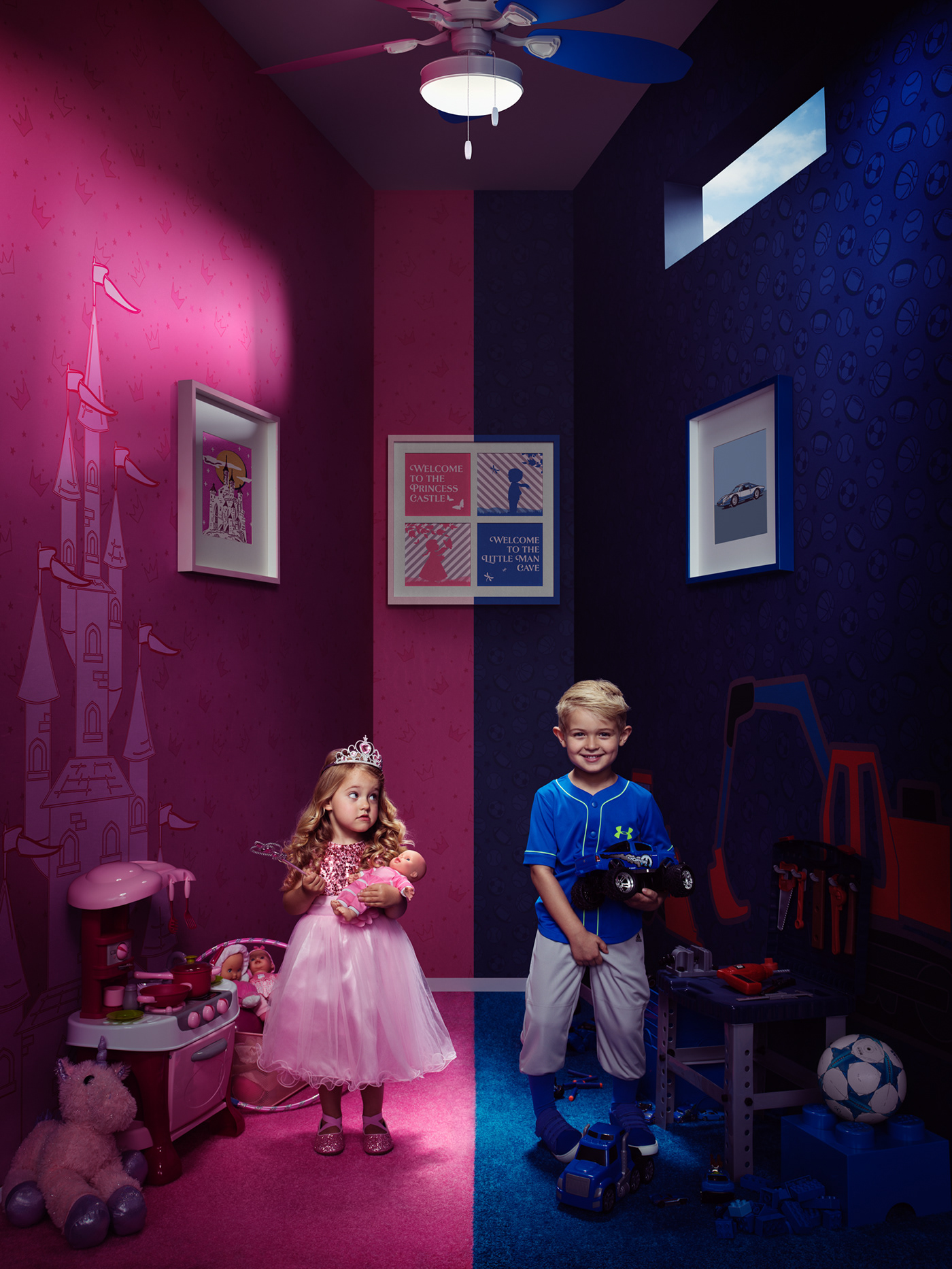
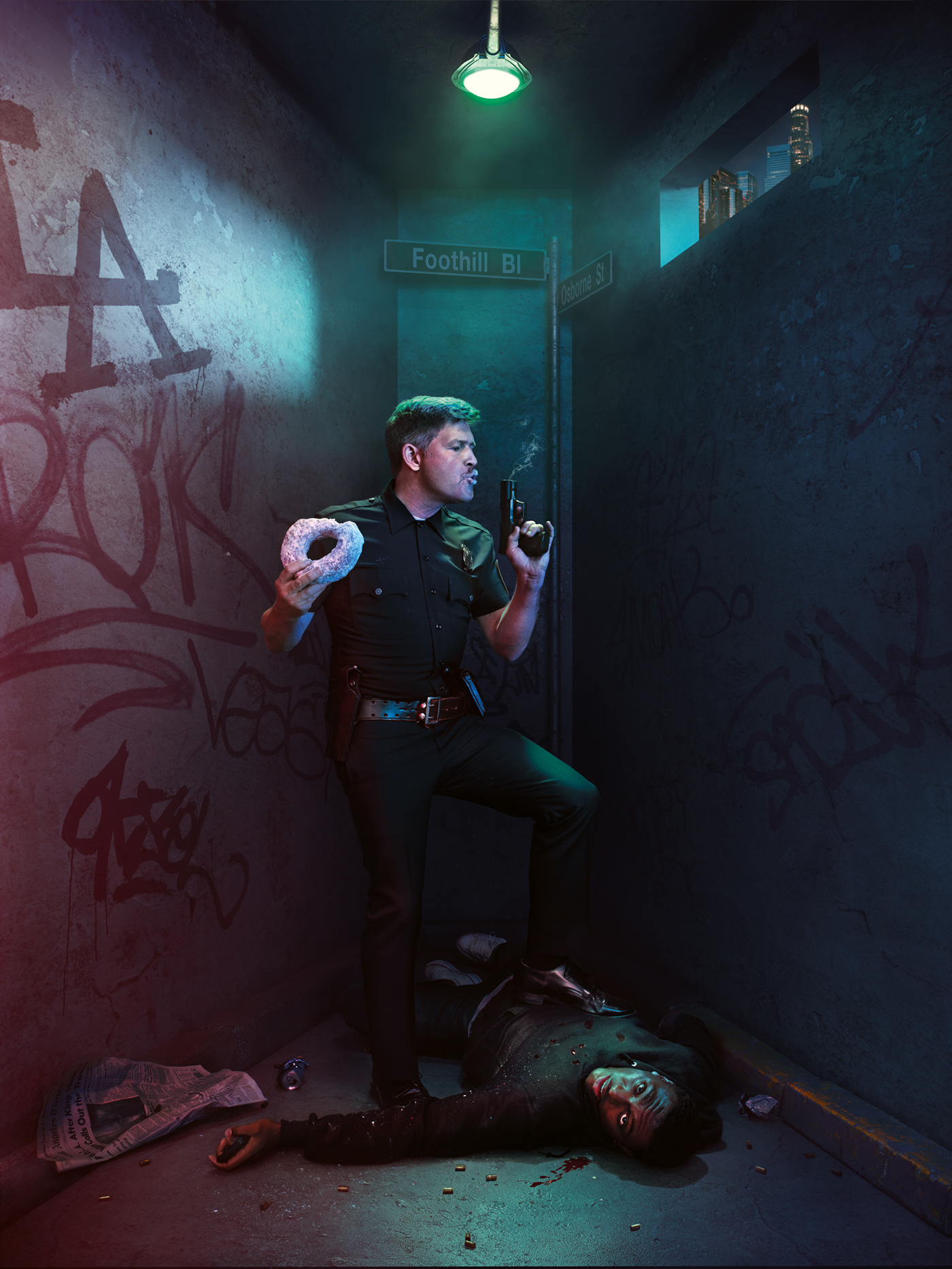
Now let's talk police brutality. Have we forgotten how our fearless leader feels? Here are his own words as a reminder. Have we forgotten this or we just ignoring it? Many have not. This image is so extremely powerful. For me, this is my interpretation of how horrific Trump's own words affected me and how it should also affect you. There is so much hate and sensitivity in this subject matter, and rather than address it with compassion, our leader chooses to insight more violence and uses brutality as a tactic. Does Trump see the murdering of innocent African American youth as a sport? I don’t know, but again, as an artist, I am expressing how I think he feels and my disgust towards it.
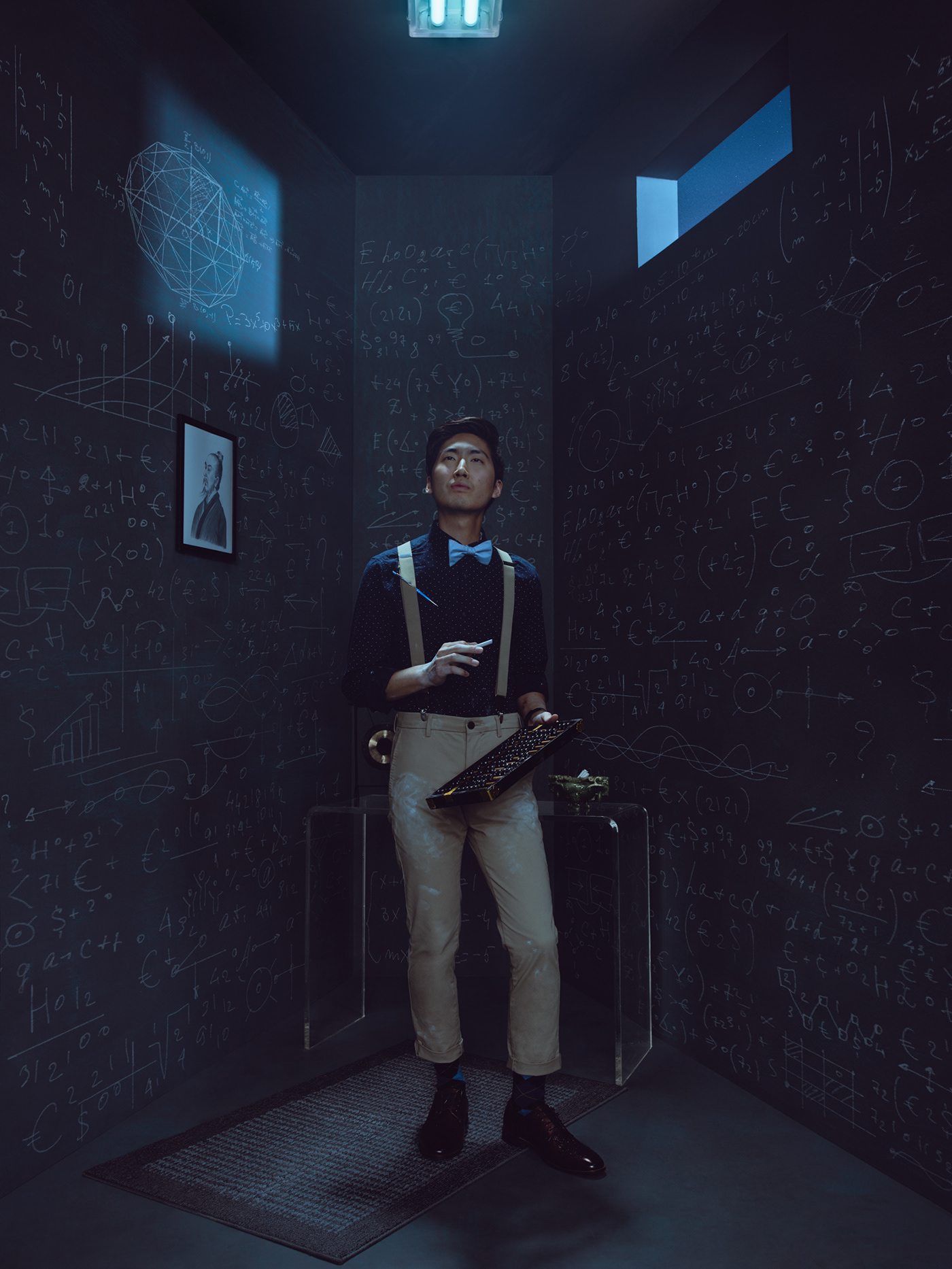
One must also ask the question of whether Trump's broad strokes of stereotyping has reopened the door to make it a common practice in politics. Has he inspired Asian candidate Andrew Yang to use the stereotype on himself as being “good at math,” as a communication tool to be more relatable? Certainly, one could argue Trump has made it easier and more acceptable for stereotypes to be used on the campaign trail.
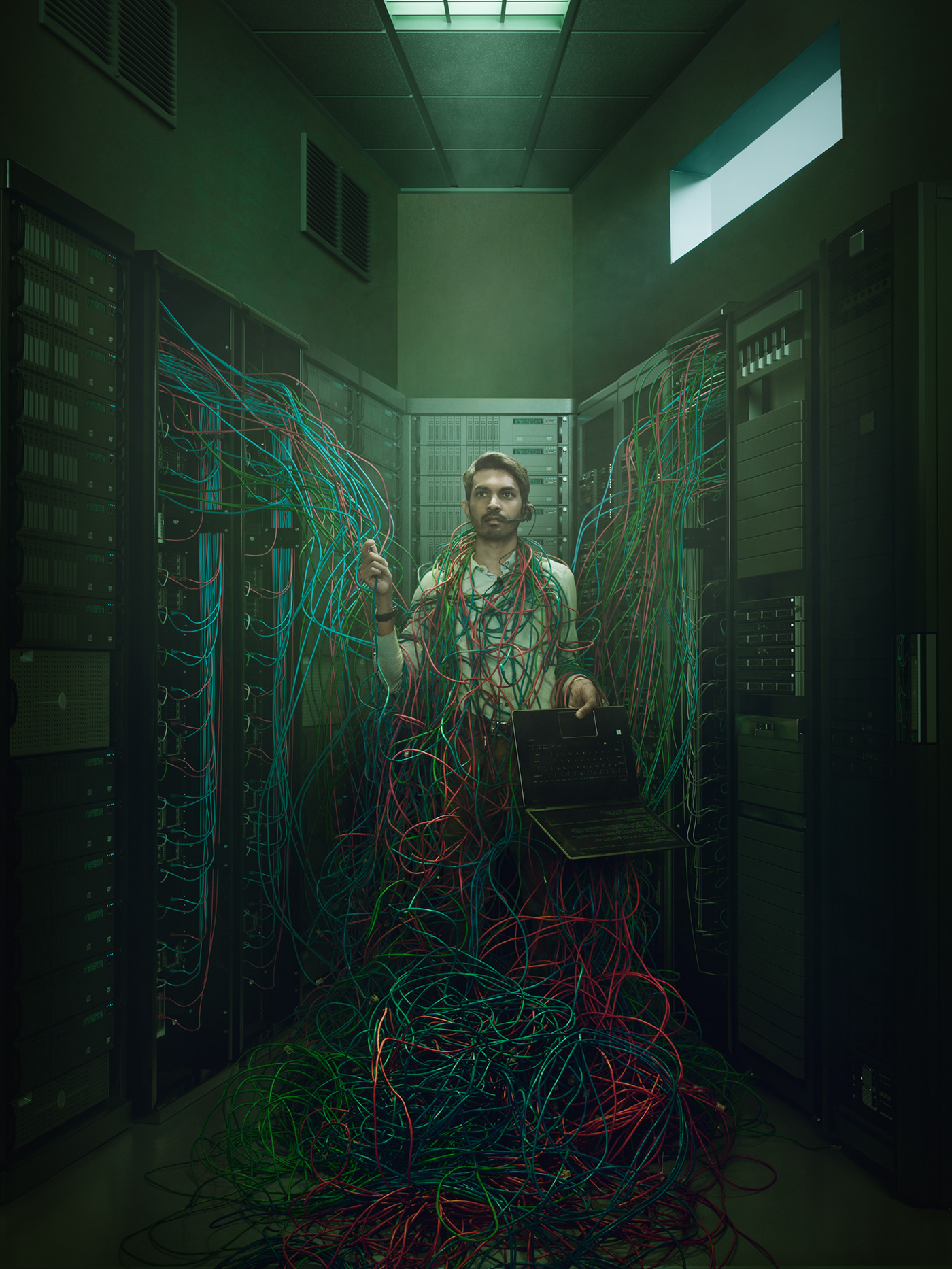
Maybe we all have forgotten when Trump mocked Indians using a stereotypical impression of a call center tech support worker. No occupation, culture or class seems to be respected. The examples from his own mouth are endless, and yet so frequent we have not only become desensitised, but have we as a society entered a new era where stereotypes are acceptable?

And of course, some could also see Trump himself as a political stereotype. Has he created a divide in political perception that republican politicians are all money-hungry, corrupt, and self-indulgent? Or comically, is he responsible for perpetuating the myth of the Trophy Wife?
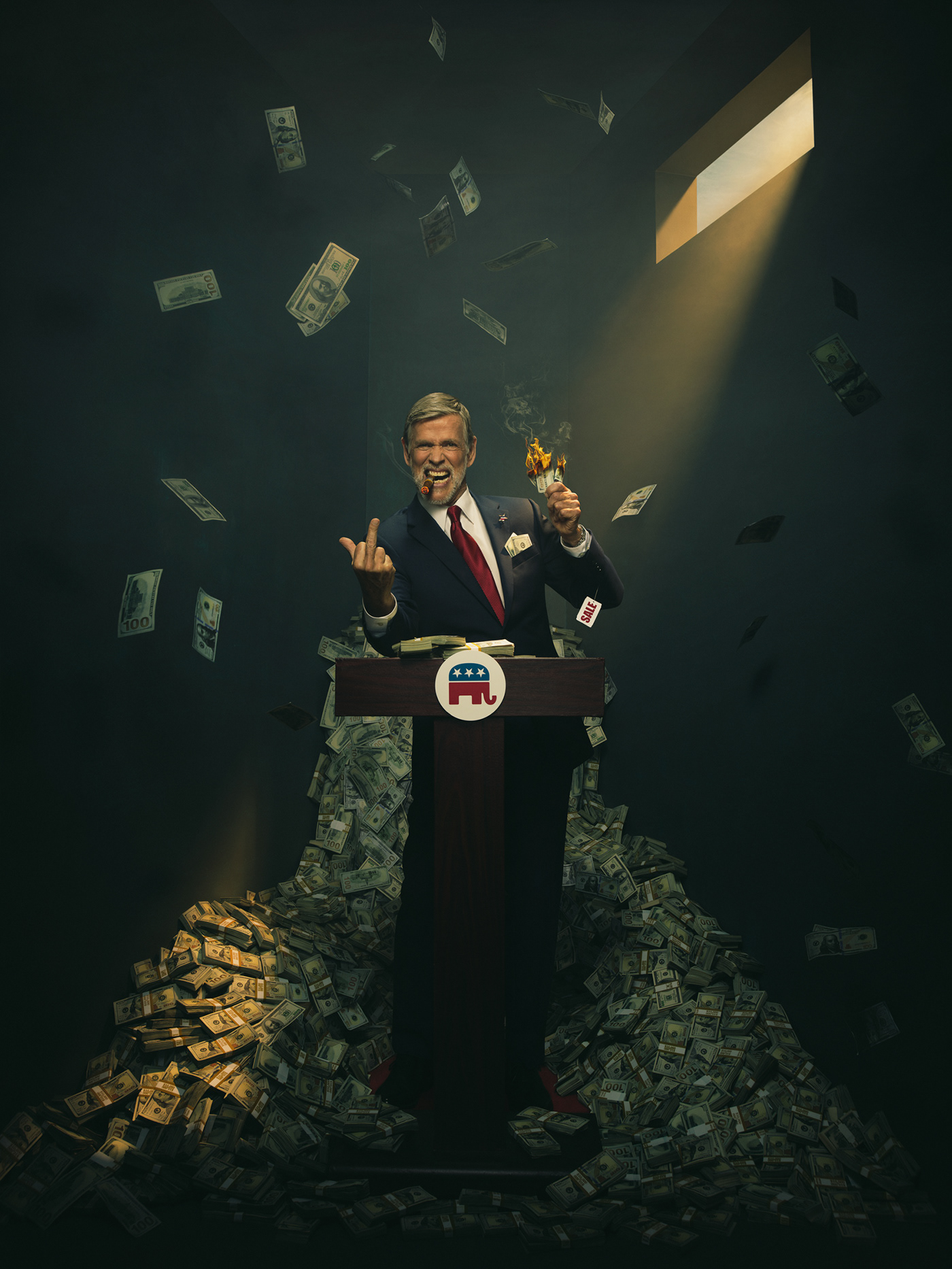
Art should provoke, inspire, enlighten, and challenge. This project was difficult to undertake but essential to produce. My hope is that it encourages you to think, read, and, most of all, vote for change.
Special thanks to many creative collaborators on this project that saw the vision and power of the images and volunteered their time to help our team create an important body of work. Creatively I was inspired by Irving Penn’s use of the corner set to create a fixed world point of view for each stereotype. I was also inspired by seeing Eugenio Recuenco’s 365° project where he used a window in a set as a source of light. I chose to make this window long and narrow like a jail cell to imply that stereotypes themselves incarcerate.
Retouching by Jana Heidenreich
CGI Post by Mike Campau
Props: Brittany Brenner @britttbren and Liz Ream @lizreamstylist
Wardrobe: Loren Robles @there.he.roams
Hair and Make Up: Natalie Bohlin @nataliebohlin and Breanne McNally @breannemcnally and Marybeth Bagonghasa @muah_artist
Set Design: Art Haynes @therealarthaynes



